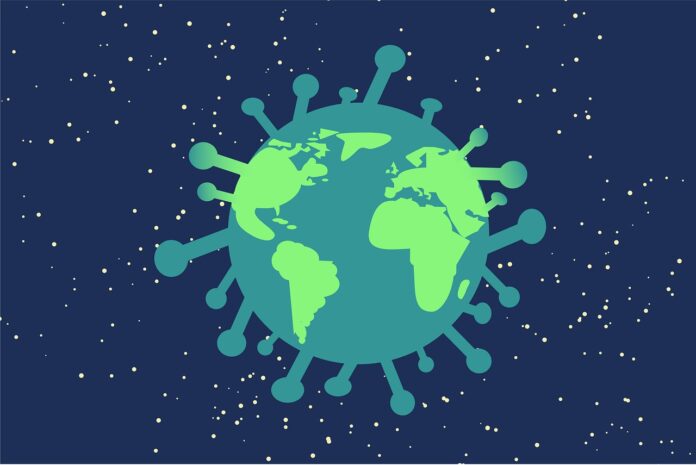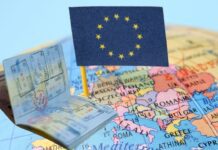The Coronavirus crisis is a natural disaster – unfortunately, many still do not understand this. Why?
Storms, earthquakes, floods, tsunamis – we humans experience natural disasters again and again. Hardly anyone denies the danger it poses. The corona pandemic is also such a natural disaster – and yet there are deniers, skeptics and refusers. Why is it so difficult for us to properly understand the phenomenon and act accordingly?
Seeing dominates all other sensory perceptions: With the eyes we very quickly learn a lot about our outside world. In the event of danger, we particularly rely on our eyes because we can “see” them coming and react to them. At the same time, we tend to ignore things that we cannot see or, for example, cannot smell. We cannot perceive the coronavirus directly. That is why we are always inclined to forget it. Some even deny it.
In addition, most people first have to experience drastic consequences before they can adequately assess something as a phenomenon: only comparatively few people see the sick in the clinic suffer. Only now, in the second wave, is the virus getting closer, and many know someone in their immediate environment who is sick with Covid-19. So the pandemic is slowly penetrating social consciousness as a real catastrophe.
Humans tend to make systematic misjudgments
We like to face new challenges with too much optimism in terms of duration and costs: the Sydney Opera House opened ten years late, and it cost more than 100 million Australian dollars – seven million were planned. This example was later followed in Germany by the Hamburg Elbphilharmonie and Berlin Airport.
In everyday life, too, we often underestimate objective risks: As is well known, the risk of death is much lower with a flight than with a car. However, we usually assess it the other way round, because we are behind the wheel of the car ourselves – that is the positive illusion of personal control. Underestimating the risk of infection (“just a flu”) leads to careless behavior and turns many into distributors of the virus, even without wanting to.
Conversely, we systematically overestimate risks when we are very afraid: Many people no longer leave the house out of fear. We easily overlook the remaining design leeway. We now know that we can control the risk of infection with the coronavirus by wearing masks, keeping your distance, ventilating and ensuring good hygiene.
We have to learn to integrate these new measures into our everyday lives – at least temporarily. Of course, this also entails considerable restrictions; we forego concerts, theater, and restaurant visits with friends. Why do we find it so difficult?
Man is a social being
We living beings are evolutionary and can only survive in a group: a newborn baby needs a caring group. People are also dependent on caregivers for a particularly long time. As social beings, (almost) all people, despite strong personality differences, are highly dependent on close social contacts, be it in the family, be it during sport or at work.
Social encounter and recognition is what defines our life. That is why (almost) all people suffer from official contact restrictions. The social “loneliness” prescribed because of the virus hits our minds because it is directed against our “social nature”.
What can we do in this situation?
We need new ways of social interaction: Many people already communicate via Skype, Zoom, WebEx, Facetime or Teams, for example. The oldest generation is still often excluded from this, here it is important to train our entire society in all areas of life and not to wait for the end of the pandemic.


















![10 Countries With the Best Healthcare in the World [Statistical Analysis] Countries With the Best Healthcare in the World](https://articleify.com/wp-content/uploads/2025/07/Countries-With-the-Best-Healthcare-in-the-World-1-150x150.jpg)










